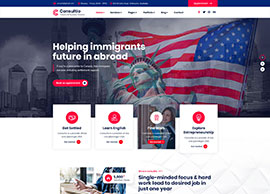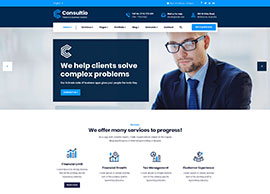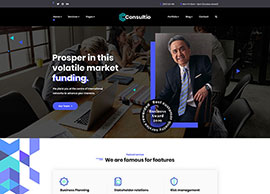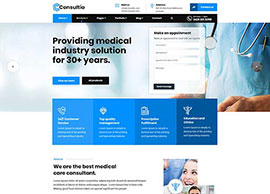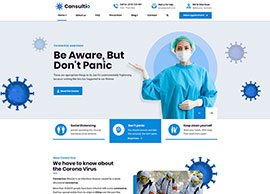
Looking to Study Canada ? Wondering how to apply
This article provides a brief overview of the current admission guidelines for studying in Canada.
1.Connect with SIEC Experts
Visit your nearest SIEC branch or consult with SIEC counsellors for a personalised session to help you choose the right course and university based on your interests, academic background, and financial capacity.
- Explore academic programs that match your interests and long-term goals
- Decide on the qualification level – Diploma, Bachelor’s, Postgraduate Certificate, Master’s, or Doctorate
Pick an appropriate intake
Scan all original documents for online submission with your university application.
Planning to pursue higher education in Canada? Here’s a step-by-step overview of the admission process for Canadian universities and colleges:
1. Research and shortlist programs and institutions
- Explore academic programs that match your interests and long-term goals
- Decide on the qualification level – Diploma, Bachelor’s, Postgraduate Certificate, Master’s, or Doctorate
- Choose your academic discipline – options include Health Sciences, Data Science, Business Management, Humanities, Engineering, Education, or Media Studies
- Select your preferred college or university based on rankings, location, or program strength
- Note the program duration – varies depending on course type and institution
- Review tuition costs and explore financial aid or scholarship options.
3. Pick an appropriate intake
- Canadian colleges/universities have three main academic intakes:
- Fall (September) – Most popular intake with wide course availability
- Winter (January) – Alternate intake with select program options
- Summer (May/April) – Limited courses available, often in specific institutions
4. Apply online with the required documentation
- Submit your application via the official university or college website
- Documents typically include:
- Proof of English proficiency (IELTS, TOEFL, or equivalent)
- Previous academic records and transcripts
- A Statement of Purpose (SOP) or Letter of Intent, if required
- Other documents depending on the course and institution (portfolio, CV, references)
5. Wait for the offer of admission
- Upon evaluation, the university/college will issue a conditional or unconditional offer letter
- The letter outlines key details such as tuition fees, enrollment deposit, and course structure.
6. Confirm your admission by paying fees
- Make the initial fee payment to accept the offer and secure your seat
7. Prepare for visa and travel requirements
- After confirming admission, complete the following:
- Show proof of financial capacity to cover living, travel, and academic expenses
- Arrange accommodation in Canada
- Ensure your passport is valid throughout your study duration
- Complete the required Immigration Medical Examination (IME)
- Apply for and obtain a Canadian Study Permit (student visa)
Need guidance with your Canadian university application?
Book a Free Counselling Session with the experts at SIEC to receive personalized support.
Check the Academic Entry Requirements
- Diploma 55–60%
- Undergraduate Courses:60–65% from CBSE/ICSE, 70–75% from State Boards
- Postgraduate
- 50% from Section 1 Universities
- 55% from Section 2 Universities
- 60% from Section 3 Universities
8.Apply to the Selected University
Submit your application and wait for a Conditional or Unconditional Offer Letter. Once received, read it carefully and send an acceptance letter to the university.
9.Complete the GTE (Genuine Temporary Entrant) Assessment
The GTE process includes:
- A Statement of Purpose (SOP)
- Evidence of financial capacity
10.Receive Confirmation of Enrollment (eCoE)
After accepting the offer and paying the tuition fees, the university will issue an Electronic Confirmation of Enrollment (eCoE) via email. It contains details such as course start date, duration, and total fees.
11.Apply for the Student Visa
Begin your visa application process using the eCoE and other mandatory documents, which include:
- Electronic Confirmation of Enrollment (eCoE)
- Proof of funds for tuition, living expenses, and travel
- Health and character certification
- Overseas Student Health Cover (OSHC)
- Proof of English language proficiency





















